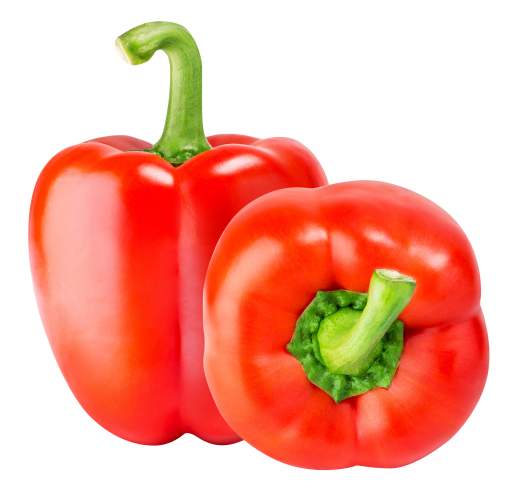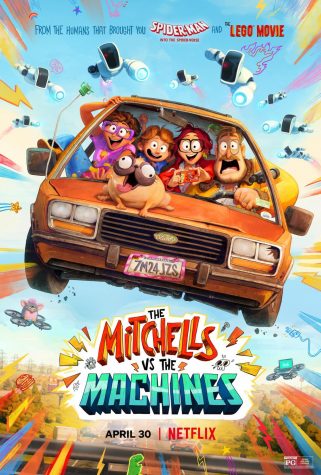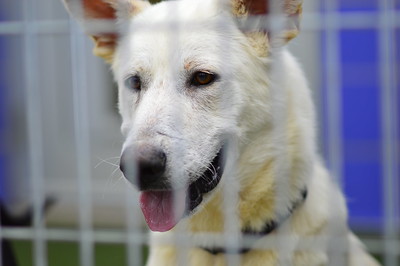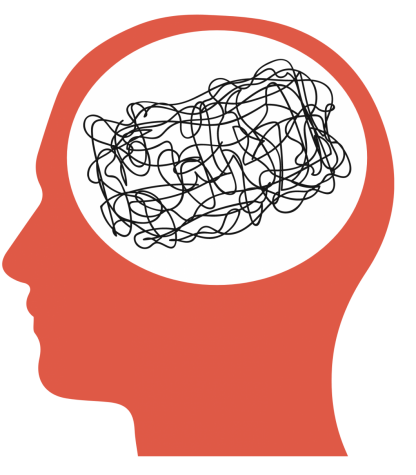Veganism supports earth’s health

Image from choosemyplate.gov
There are many factors that help motivate people to follow the vegan lifestyle. Most vegans are proud of the benefits that come with being vegan. These benefits fall into three major categories, which are personal health, animal welfare, and the environment. The environmental factors don’t usually get as much attention, but more and more research is coming out about the benefits of cutting meat and dairy out of your diet.
On March 31st, 2018 theguardian.com came out with an article about how not eating meat and dairy is the “single best way” to reduce your impact on the environment. This article is about the most comprehensive analysis so far of the damage farming does to the environment. It states that without meat and dairy farming, global farmland use could be reduced over 75% and still feed the world. This is “an area equivalent to the US, China, European Union, and Australia combined.” This can be rationalized by thinking about all the cattle we raise all over the world must be fed.
Onegreenplanet.org says that 33% of farmland worldwide is feed for livestock. 75% of the world’s soy is fed to cattle and other animals. In the US, animals are eating 70% of grains and 36% of corn grown. If some or all of these crops weren’t fed to animals, they could be used to feed humans dealing with hunger and food insecurity.
The documentary film Cowspiracy brings up the issue of land use. Deforestation is causing the depletion of oxygen in our atmosphere, the extinction of plants and animals, and is decreasing the amount of land for humans. With our non-stop growing population, land area is very important for humans. Unfortunately, livestock covers 45% of Earth’s total land.
Animal agriculture is also responsible for up to 91% of Amazon destruction. This causes up to 137 animal, plant, or insect species to go extinct every single day.
Veganism is very important for the future of our planet. Benefits include reduction of cropland area needed to produce the food you eat by 90% and a decrease in the amount of nitrogen fertilizer, possibly up to 94%. Nitrogen fertilizer contaminates water by runoff from farms. It pollutes the Mississippi River, which is a water source for 18 million people.
Greenhouse gases are another issue. Livestock and their byproducts account for 51% of greenhouse emissions. Cowspiracy says livestock produces 32,000 million tons of carbon dioxide per year. According to climatenexus.org, cattle is without a doubt, the biggest source of emissions from animal agriculture. On an individual level, a person eating a standard American diet creates 1,984 pounds of CO2e, or carbon dioxide equivalent (greenhouse gases in common unit), every year. For example, replacing beef and dairy with plants would decrease that number by 96%, to just 73 pounds of CO2e annually.
The worst emissions that comes from animal agriculture is Methane and Nitrous Oxide. Methane has a global warming potential 86 times that of Carbon Dioxide on a 20-year frame. Cows produce 150 billion gallons of methane per day. Nitrous Oxide has 296 times the global warming potential as Carbon Dioxide and it stays in the atmosphere for 150 years.
Livestock is responsible for 65% of all human related Nitrous Oxide. These harmful gases will stay in our atmosphere for a very long time and will cause the planet to get hotter and hotter.
Water usage is also significant when considering the effects of livestock on the planet. Animal agriculture water usage is anywhere from 34-76 trillion gallons annually.
While many people are aware of the need to reduce water use in homes, many are unaware that only 5% of water consumed in the US is used in homes. 55% of water consumed in the US is used by animal agriculture.
It takes at least 1,800 gallons of water to make 1 pound of beef, 1,000 gallons of water to make 1 gallon of milk, 900 gallons for 1 pound of cheese, and 477 gallons of water to make 1 pound of eggs.
Compared to a vegan diet, tofu production needs around 300 gallons for one pound of tofu, rice uses 300, pasta uses 225, broccoli and potatoes uses 35 gallons per pound. Water is used to make most foods, but choosing foods that use less water to produce, has been proven to be the best way to reduce your water usage.
People will never stop taking showers or driving cars, and mounting evidence is proving the best way to reduce humans’ impact on the Earth is to cut out meat and dairy. Even vegetarians still support the animal agriculture industry, because meat and cheese can come from the same cow.
Overall, many factors play into how animal agriculture negatively contributes to the environment. “Animal agriculture is the leading cause of species extinction, ocean dead zones, water pollution, and habitat destruction.” It is also a leading cause of air pollution. Cowspiracy.com makes many claims, with links to all their sources. For more information, watch Cowspiracy and What the Health on Netflix.
Even those who are not fully ready to commit to a vegan lifestyle can reduce the negative impact consumption of meat has on the environment. Substituting meat and dairy with fruits, vegetables, or meat substitutes as much as possible will help reduce impacts on the earth greatly (health will improve too). The more support given to these industries, the more they will thrive. Everyone can make a difference.








